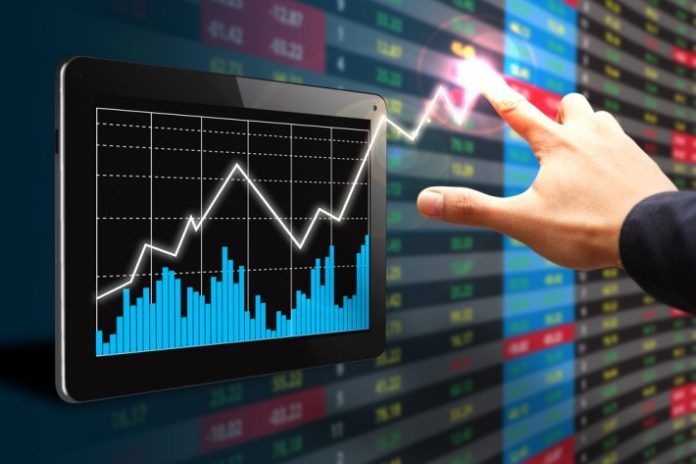If you’re interested in trading the markets, or just getting into the markets for yourself, you’ve probably heard of Bollinger bands. They are a powerful tool that can help you get a heads up on the market and make some profits, but they don’t just do this for you. In this article we’ll discuss how to use bollinger bands so that you can make the most of these signals and actually make some money. It’s important to know that with any investment or strategy, there is always a risk involved. The more knowledge you can gather about the markets and your strategies the better your chances will be of making a profit and avoiding a loss. With that being said, it is important to learn how to use bollinger bands correctly, or you could end up losing a lot of money rather than seeing any profit at all.
One thing to know about using a bollinger band is that it is based on patterns of price movement. For example, if you look at a price chart, you would see that there are certain color patterns on the chart that indicate when the price is going up, down, or somewhere in between. These price patterns, called price patterns, are what you use to determine when the price should move up or down. A bollinger band uses these price patterns as their source for identifying which way the price should move in relation to the current price. This then allows them to identify when to enter the market and trade so that they gain money from the movements of the prices.
Learning how to use bollinger bands correctly involves first knowing how they work and why they give you signals. The signals work because they are based on the simple concept that the price you are watching changes depending on whether or not other investors in the market are gambling around with the price. The more investors that are betting against you, the lower your price moves. And because there are more traders that are trying to make money off of you, the more times that the price moves against you, the more times it will drop below where it should be and make you gain money.
Now that you understand how they work, you can use bollinger bands to your advantage when trading. When using this tool, you need to keep in mind that they are very reliable indicators, but they also have their flaws. If you trade too frequently using them, you can find that they will become inaccurate and tend to give false signals. So it is important that you know how to use bollinger bands correctly.
When learning how to use bollinger bands, you need to start by opening a practice account. This way, you can learn how the signals work without risking any real money. Once you are confident enough with your abilities, you can open an account with a trading platform. Here, you can let the software decide which signals to send out and which ones you should follow. You can even set your limits so that you know when a particular trend or indicator is overreacting.
The idea is that when the market is taking a turn, most traders will move their assets to gain profits. But what happens when the market takes a nose dive? When this happens, it becomes much harder to profit as many traders become sellers rather than buyers. It will take longer for prices to rebound and many traders will end up on the sidelines.
To learn how to use a bollinger band correctly, you need to know when the trend is over reacting or over flowing. If the market is taking a turn down, sellers will step in and try to pull out of the market. This causes prices to fall in an attempt to unload all their assets. But what happens if the sellers do not exit the market in a timely manner. The sellers now realize that there is no point in holding on to the assets as they have no chance of selling them for a profit. They will start to get out of the market in order to get more profits.
So now that you know the basics of using this band, you can better understand its uses. Bollinger bands are great for helping traders to determine where to enter a trade. This way, they are not wasting time guessing where the price is going before it has made it to a certain point. In addition, you can also use this tool to see where a trend might head in the future. This allows you to better prepare for when the perfect time to make a trade comes along.

